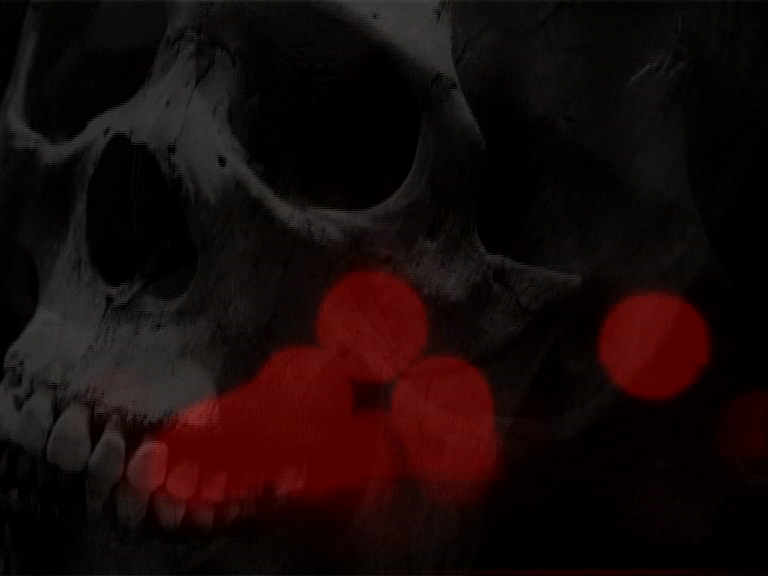O’Death
O’Death develops a sense of implicit intensity of the images; from the beginning of 15th century woodcuts to the recent bloodshed photography. The inescapable becomes the indigestible within the arrangement of the images. In this film the viewer is no longer implicated. Rather s/he is bound to draw herself/himself back hesitantly in silence. The unspeakable compels the viewer (and the witness) to the ultimate manifestation of death. The film gradually disturbs the viewer’s recognition of the work of Death as personified and animated in its form. By drawing upon the documented events and by borrowing from the histographical elements that held sway the attitude towards death significantly, the film attempts to identify with the effect and the impact that lie beneath the representation and appearances. In that sense, the sound which is performed and arranged by Diamanda Galas makes the viewer endure Death by not surrendering to its inexhaustible principle. While skeletons labour and the disturbing images diminish the power of thought Galas’ screams conceal the impurity of every emotion and strike back almost teasing Death. There are two elements and two approaches to the editing pace. One is the play and task of the skeleton that confronts the viewer almost in a humorous and satirical manner; the viewer is mocked by the hidden whispers of the skeleton and the gaze of Death. The other is the gruesome imagery of atrocities suddenly brake the sequences and force the audience to pull up their own chairs or scream out loud with Diamanda Galas. The viewer is most likely to empathise with Galas’ expression where she sings ‘oh death, please consider my age, please do not take me on this stage’ while ‘the I’ is confronted with the images of documented events from the history that of genocidal relics or the depressing-unforgettable image of Indiana lynching.
Dagli Zeynep


